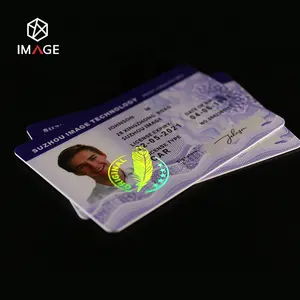Businesses aiming to enhance document security can look to the latest hologram technologies as a robust solution. Implementing these technologies involves understanding the various applications and the level of security they provide. Holograms offer advanced protection, with features that are easily verifiable by both humans and machines. These holograms are designed to be intuitive for quick inspection while also being compatible with automated systems.
For effective implementation, businesses should consider holograms that incorporate a range of optical effects, ensuring the protection of sensitive data. Visual security features provided by holographic overlays are not only challenging for counterfeiters to replicate but also allow for straightforward authentication checks.
Moreover, embracing digital enhanced optical features that incorporate holographic effects can offer a new level of security. These can be verified through mobile devices, adding a layer of convenience and modernity to traditional security measures. The integration of such features should be in line with international standards, ensuring that the authentication solutions are carefully planned and executed.
In summary, businesses should select hologram technologies that align with their specific security needs, considering factors such as ease of verification, compatibility with existing systems, and compliance with international standards. By doing so, they can significantly bolster their defenses against identity fraud and document counterfeiting.







































 浙公网安备 33010002000092号
浙公网安备 33010002000092号 浙B2-20120091-4
浙B2-20120091-4